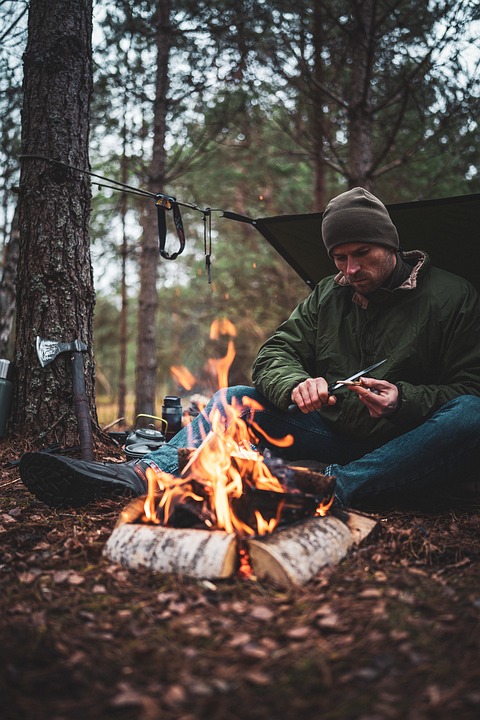Finding Food
1. Foraging for Edible Plants
One of the most important skills to have when trying to survive in the wild is the ability to identify edible plants. There are many plants that are safe to eat in the wild, but there are also many that can be toxic. It is crucial to do your research and learn how to identify edible plants in the area you are in.
Some common edible plants include dandelions, wild onions, cattails, and berries. Familiarize yourself with these plants and their characteristics before venturing out into the wild. Remember, when foraging for plants, always double-check your identification and be cautious of any potential lookalikes.
2. Fishing
If you are near a body of water, fishing can be a great way to obtain protein and nutrients. You can fashion a makeshift fishing rod out of a stick and some fishing line, or even use a piece of string and a hook.
Look for areas where fish are likely to be hiding, such as near rocks or logs. Be patient and persistent, and you may be able to catch a fish to eat. Remember to check local regulations regarding fishing in the area.
3. Trapping
Trapping is another effective method for obtaining food in the wild. You can set up traps using simple materials such as sticks, rocks, and twine. Learn how to set up different types of traps, such as deadfalls or snare traps, and place them in areas where animals are likely to pass by.
Remember to check your traps regularly to see if you have caught anything. Be sure to release any non-edible animals unharmed. Trapping requires patience and skill, but it can be a valuable survival skill in a pinch.
Finding Water
1. Collecting Rainwater
One of the easiest ways to obtain water in the wild is by collecting rainwater. If you are lucky enough to experience rainfall, take advantage of it by setting up a rainwater collection system. You can use containers such as bottles, tarps, or even leaves to collect and store rainwater.
Remember to filter and purify the water before drinking it to avoid potential contaminants. Boiling water is the most effective way to purify it, but there are also other methods such as using water purification tablets or a portable water filter.
2. Finding Natural Springs
In some wilderness areas, natural springs may be present, providing a source of clean and fresh water. Look for signs of vegetation or animal activity that may indicate the presence of a spring. Springs can be a reliable source of water in the wild, but always be cautious and ensure the water is safe to drink.
If you find a natural spring, collect water from the source and filter it to remove any sediment or impurities. Boiling the water can also help purify it and make it safe for consumption.
3. Collecting Dew
In the early morning when dew is present, you can collect dew from grass, leaves, or other surfaces. Use a cloth or absorbent material to soak up the dew, then wring it out into a container. Dew can provide a small but valuable source of water in the wild, especially when other sources are scarce.
Remember to collect dew from clean surfaces to avoid contamination. Filter and purify the collected dew before drinking it to ensure it is safe.
Conclusion
Surviving in the wild requires resourcefulness and knowledge of basic survival skills. By learning how to find food and water in the wild, you can increase your chances of surviving in a challenging environment. Remember to always be cautious and careful when foraging for food and water, and never consume anything unless you are certain it is safe to eat or drink. With these top strategies from survival experts, you can better prepare yourself for any unexpected situations in the wilderness.
